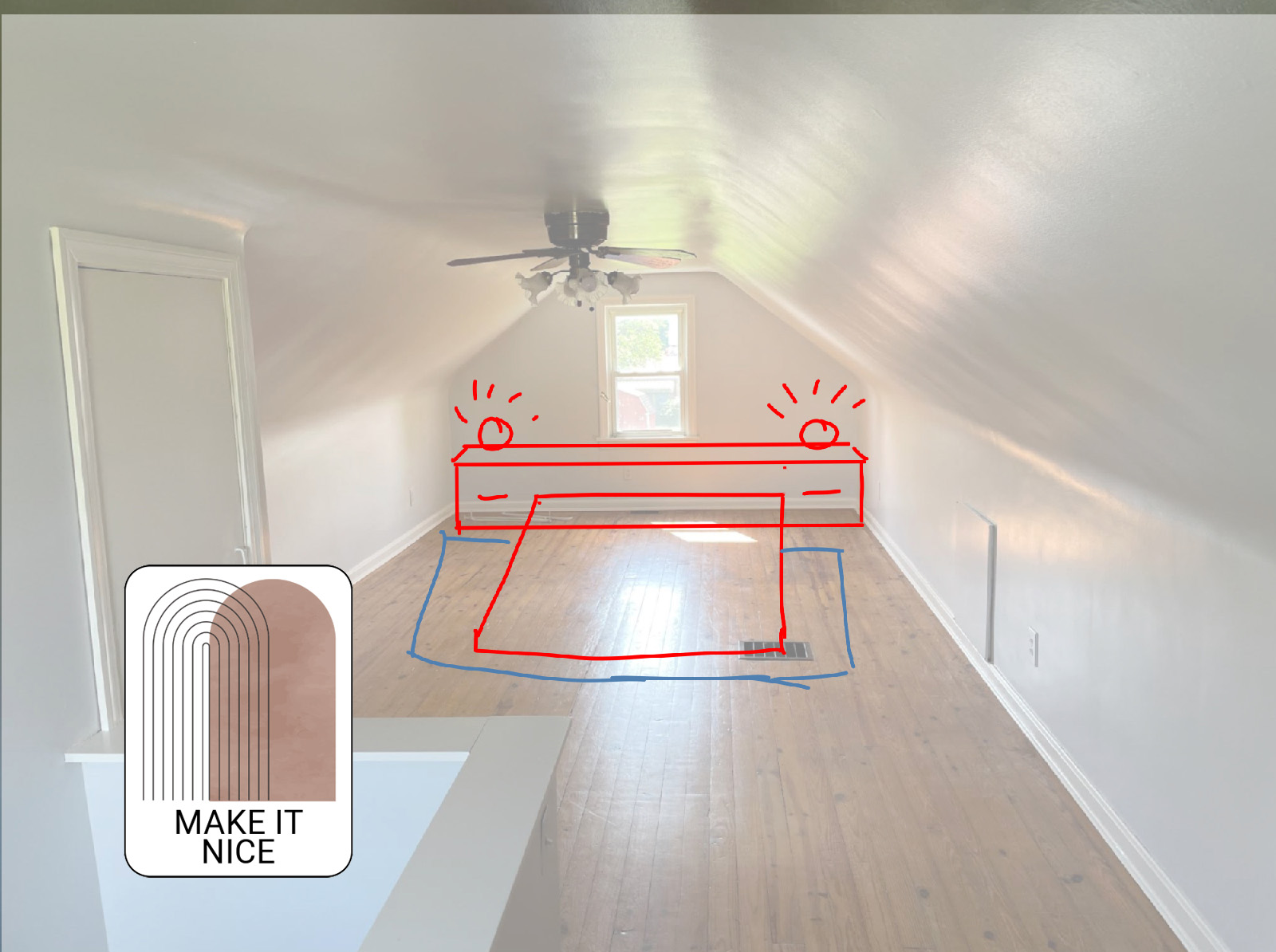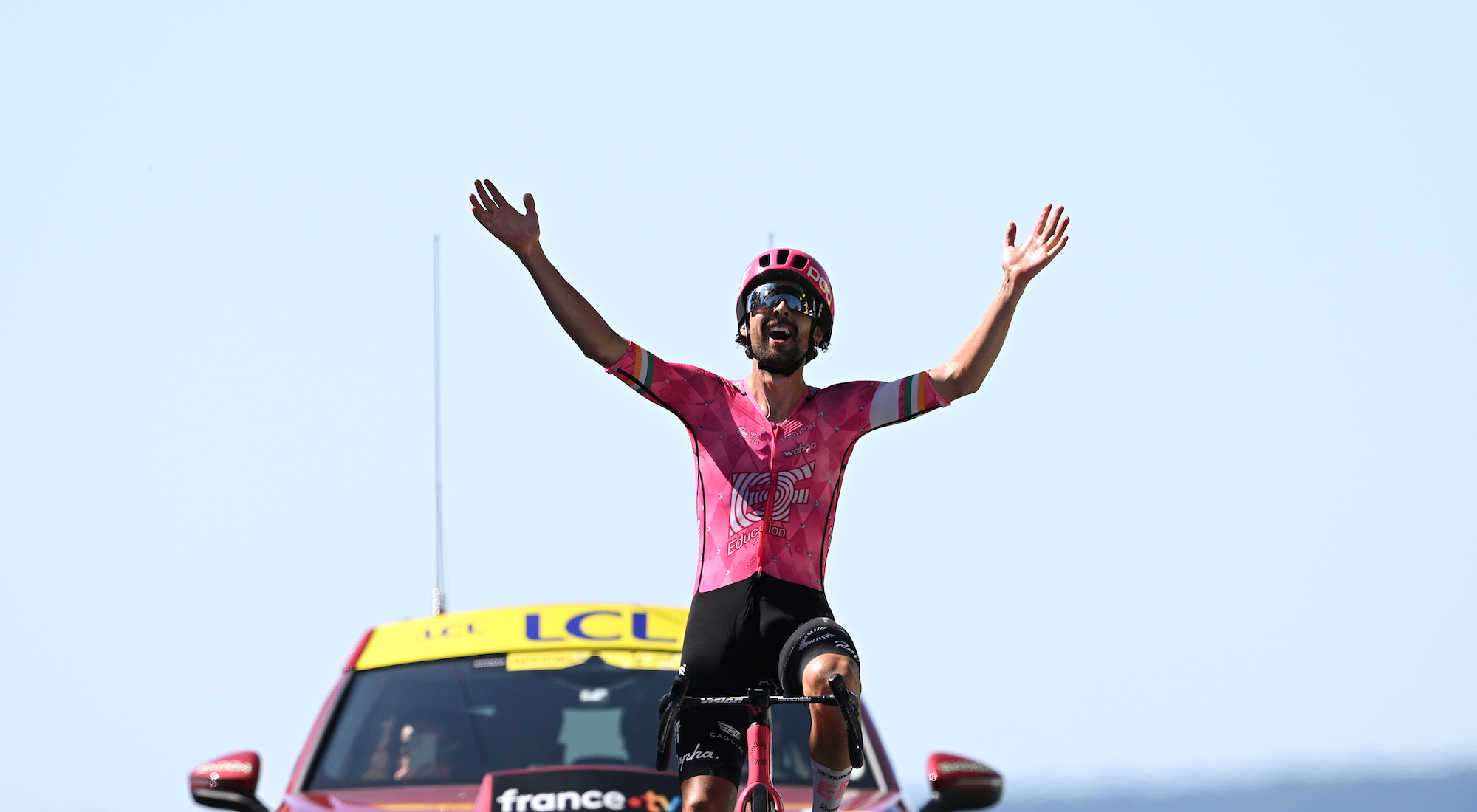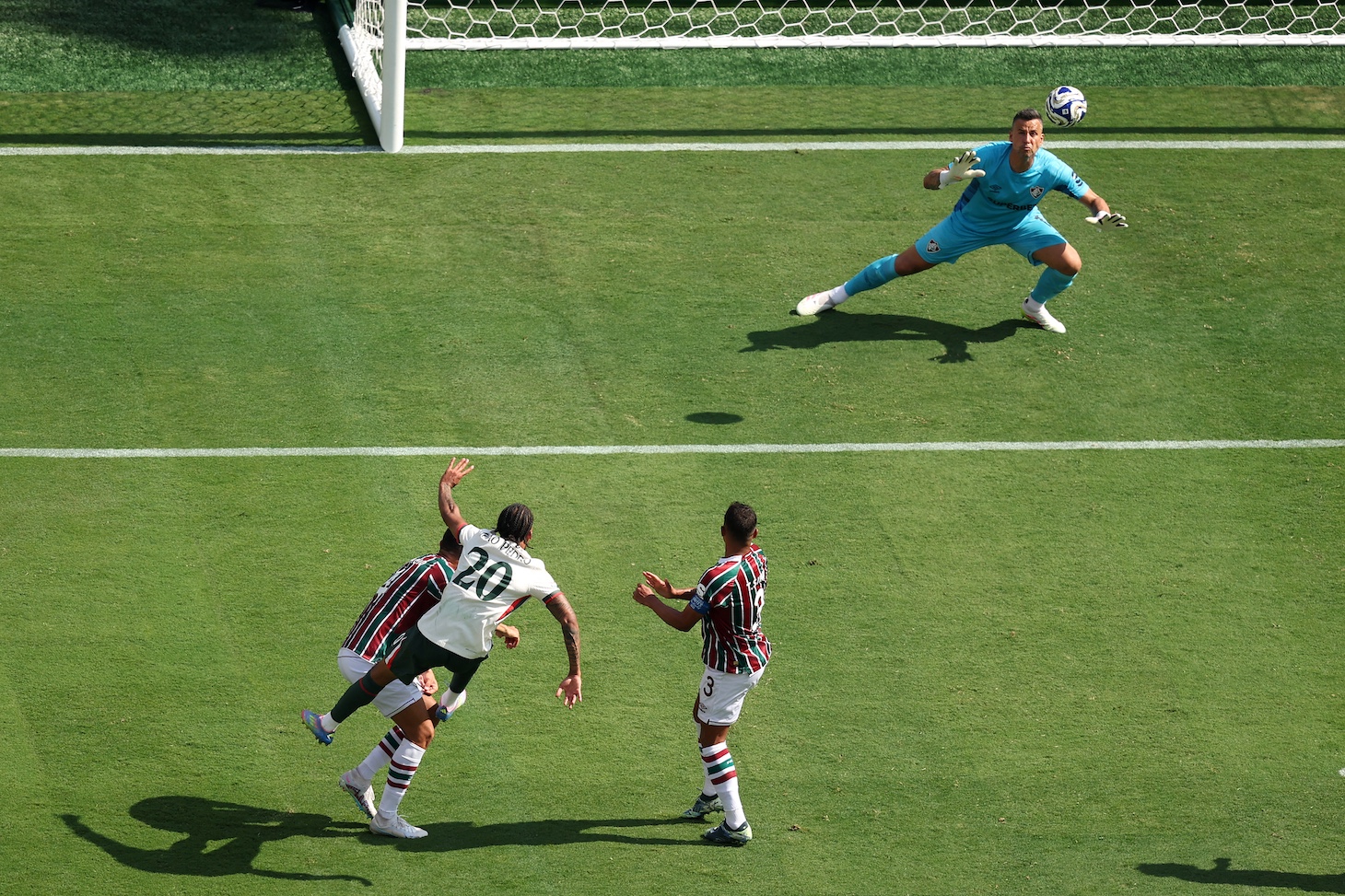Almost exactly three years ago a Naomi Osaka with no pro titles of any kind was sitting in a conference room in Southern California discussing SpongeBob memes. By the end of the week she had claimed one of the bigger titles in the sport. As of yesterday, she has racked up four of the biggest titles in the sport. She got them fast, and she didn't miss. Because when the trophy comes into clear view, why not just go out and take it? All four of Osaka's appearances in the quarterfinals of a major have culminated in her lifting the hardware—she's gone 12-0 once the end is near. Her big results have taken on a pleasant cadence: won the U.S. Open in 2018; the Australian Open in 2019; the U.S. again in 2020; the Australian again in 2021 as she won Saturday's final against Jen Brady, 6-4, 6-3, the result never really in question.
Given the high expectations set by the three-set semifinal between Brady and Osaka at the U.S. Open last September, this final fell flat. That was a match of toothsome rallies. This one, played on Melbourne's faster hard courts, was as dyspeptic as that was epic. This Open marked the first time that the No. 22 seed Brady had advanced to a major final, and nerves scrawled their signature on the court: She served woozily, couldn't confidently exploit Osaka's own flagging serve, and was caught off-guard from the baseline all too often. Brady's heavy forehand and serve make for one of the tour's top offensive suites, but you wouldn't know it from this rout. On those few occasions where Brady got to hit three balls in a row from a similar position, the last would be that familiar forehand that's won her so many matches; you got the sense that 15 minutes with a ball machine and a cup of chamomile would've given her the rhythm and calm to get into the match.
But Naomi Osaka is the opposite of tea and easy feeds. She's gotten unnervingly good at redirecting pace into corners and onto your shoe tops. The discomfort comes less from the mystery of what she's going to do than from the sheer viciousness of the execution. One of the most consistent sights of this Open was a player dumping a ball into the net because Osaka had jammed them with a screamer right into the body or just a half-step out of reach, and even Brady, who at 25 is breaking out as one of the tour's finer hard court players, had no exemption from this fate. The match was conclusively put out of reach at 4-4 in the first set when Osaka went on a punishing run of six games straight, and even then, the champ's form probably topped out at just Pretty Solid per the high standards she has set both generally in the last three years and at this particular tournament.
Which brings us to her draw, which was thorny the whole way, without a single round of respite. In the first round Osaka got Anastasia Pavlyuchenkova, a quarterfinalist at this event three out of the last four years, and in the second round Caroline Garcia, a former top-10 player with lots of heat; both were squished in straight sets. In the third round came the trickster apprentice Ons Jabeur, whose entertaining change-of-pace proved no challenge. Then came her only meaningful test: a fourth-round date with Garbiñe Muguruza, one of the few on tour who can match Osaka in the haymaker-trading rallies that she favors. Down 3-5 in the third and staring at two match points, Osaka seized four straight games, which was more or less the juncture I realized she was winning the tournament. In the quarterfinal came Hsieh Su-wei, the trickster supreme who has historically baffled Osaka, but this time her arsenal of junk fared like, well, junk under the barrage. Serena Williams was another straight-set fatality, felled by an echo of her younger self. And then came Brady, totally outclassed.
In the full span, Osaka made it look easy. But in each of her four major-winning runs, she's found herself in at least one moment of extreme scoreboard duress. Seeing them all in one place is a testament to her powerful brain:
Naomi Osaka won all four of these Slams pic.twitter.com/1bufT5MRyY
— Bastien Fachan (@BastienFachan) February 20, 2021
Having made it through the fire each time, she now becomes just the third player in the Open Era, on either tour, to win in their first four major finals, after Monica Seles and Roger Federer. She's filling a void. With these four titles she single-handedly comprises tennis's middle class among active players, drifting alone between the scattered one-off winners and the 30-something all-timers.
Which is a good occasion to remember that she is just 23 years old, and has yet to find her bearings on clay or grass. For all Naomi Osaka has already done, there's so much more she can still do. Getting used to new surfaces will be mostly a matter of tweaking footwork and accounting for less predictable bounces. Her huge serve alone can carry her deep into a Wimbledon. The improved mobility and defense she showcased this season will pay dividends in clay's longer rallies. Developing a little more of an off-speed game will also help on all surfaces; she has about as many major titles as drop shots I've ever seen her attempt, and a slice can be a bailout in those few instances you can't quite bludgeon a backhand at 90 mph. But while it is good to have these options available, in tennis, a simple game plan is often more than enough. There is no virtue in variety for variety's sake. The point is to win. Certainly it's hard for anyone to say that you're doing anything at all wrong when you are the best-paid female athlete ever and well on your way to tennis legend.







